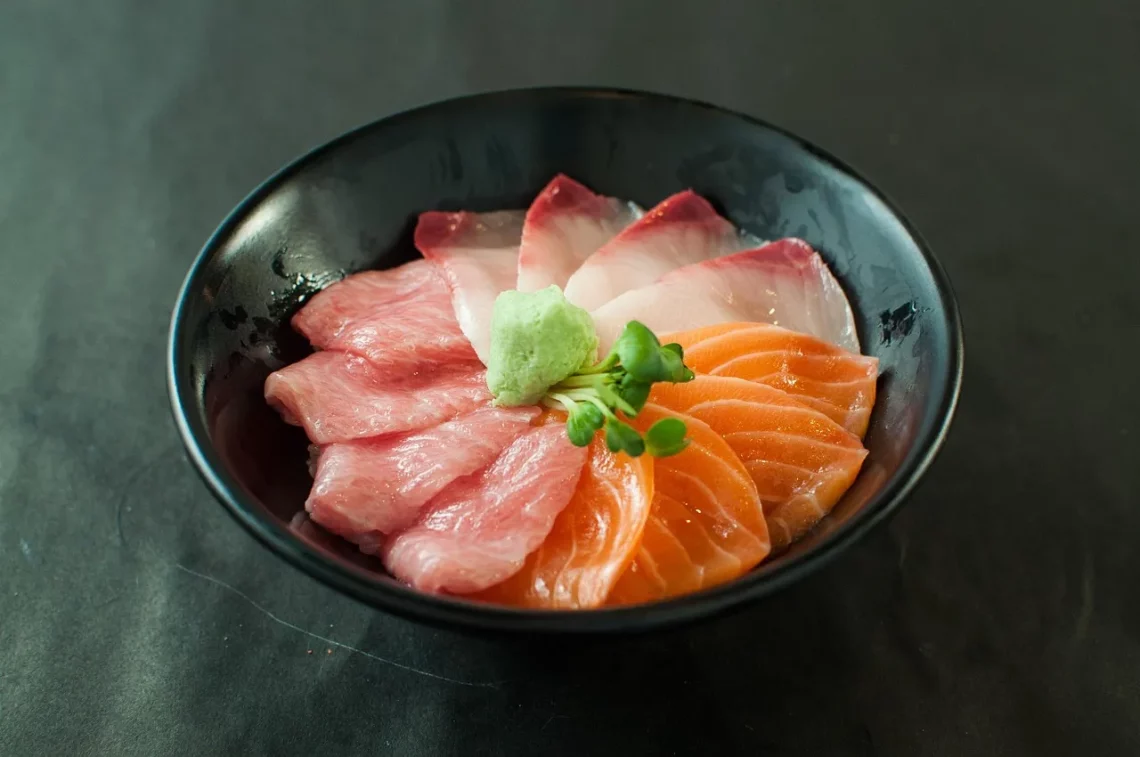
How Much Protein is in Sushi? A Nutritional Breakdown
Sushi has gained immense popularity worldwide, transcending its origins in Japan to become a beloved dish across cultures. Its unique combination of flavors, textures, and presentation makes it a favorite for many. As sushi continues to evolve, so do the ingredients used to create this culinary delight. The traditional sushi rolls, often composed of vinegared rice, raw fish, and various other fillings, present a fascinating intersection of taste and nutrition.
While many enjoy sushi for its fresh ingredients and exquisite taste, there is also a growing awareness of its nutritional value. Among the various components that contribute to its overall health benefits, protein stands out as a key nutrient. Protein plays a vital role in our body, aiding in muscle repair and growth and supporting various bodily functions. As sushi can vary significantly in its ingredients, understanding the protein content is essential for those who are monitoring their dietary intake, whether for fitness, health reasons, or personal preference.
In this exploration of sushi and its protein content, we will delve deeper into the factors that influence how much protein is found in this iconic dish. From the types of fish used to the addition of other ingredients, the protein profile of sushi can differ widely, making it an intriguing topic of discussion for both sushi enthusiasts and health-conscious eaters alike.
The Protein Content in Different Types of Sushi
When evaluating the protein content in sushi, it’s important to recognize the variety of sushi types available. Traditional sushi variations include nigiri, sashimi, and maki rolls, each with differing levels of protein based on their specific ingredients.
Nigiri sushi, which consists of a small mound of vinegared rice topped with a slice of fish, is one of the most protein-rich options. Commonly used fish for nigiri, such as salmon, tuna, and eel, offer substantial amounts of protein. For instance, a piece of salmon nigiri can contain around 5 grams of protein, while tuna nigiri may have slightly more due to the density of the fish.
Sashimi, which features thinly sliced raw fish without rice, is another excellent source of protein. Since it is purely fish, the protein content can be quite high. For example, a typical serving of sashimi can provide anywhere from 20 to 25 grams of protein, depending on the type of fish. This makes sashimi a favored choice for those looking to boost their protein intake without the added carbohydrates from rice.
Maki rolls, or sushi rolls, can vary significantly in protein content based on their fillings. A simple maki roll with a single type of fish may have around 6 to 8 grams of protein per roll. However, rolls that incorporate multiple proteins, like the popular dragon roll, which typically includes shrimp, eel, and avocado, can elevate the protein content even further. It is essential to read the ingredient list and nutritional information when selecting sushi rolls, as some may include additional sauces or fried components that can alter the overall nutritional profile.
Factors Affecting Protein Levels in Sushi
The protein content in sushi is influenced by several factors, including the type of fish used, the preparation method, and the overall composition of the dish. Different fish species present varying protein levels, which can significantly affect the total protein content of your meal.
For instance, fatty fish like salmon and mackerel not only provide healthy omega-3 fatty acids but also contain higher protein levels compared to leaner fish like cod or flounder. This is an important consideration for those who prioritize protein intake in their diet. Additionally, cooking methods can impact protein availability. While sushi is typically made with raw fish, some varieties may be grilled, smoked, or cooked, which can modify the protein structure and potentially alter its absorption in the body.
Moreover, the addition of other ingredients in sushi rolls can either enhance or dilute protein content. Ingredients like tofu, which is often used in vegetarian sushi, can provide a good source of plant-based protein, while vegetables add nutritional value without significantly contributing to protein amounts. Understanding how these components interact can help individuals make more informed choices about their sushi selections.
Portion size is another critical factor to consider. A larger serving of sushi, whether it’s nigiri or rolls, will naturally increase protein intake. However, it’s also vital to be mindful of balance—while protein is essential, moderation is key to maintaining a well-rounded diet.
Comparing Sushi to Other Protein Sources
In the broader context of dietary protein sources, sushi holds its own, but it’s essential to compare it to other common protein-rich foods. Traditional protein sources include meats, dairy, legumes, and nuts, each offering unique benefits and varying levels of protein.
For example, a serving of chicken breast contains approximately 26 grams of protein, making it one of the highest protein options available. In contrast, sushi’s protein levels can vary widely depending on the type and quantity consumed. While sushi can be an excellent addition to a high-protein diet, it’s important to recognize that it might not be the most efficient protein source compared to meat or dairy products.
Vegetarian and vegan options can also provide substantial protein content, especially when combined with grains like quinoa or legumes. While sushi can include plant-based ingredients, it often relies on fish for its primary protein source.
However, sushi offers unique advantages that other protein sources may not. The combination of fresh fish, rice, and vegetables provides a balanced meal that includes carbohydrates, fats, and essential vitamins and minerals. Additionally, sushi is often lower in calories compared to fried or heavy protein sources, making it an attractive option for those looking to maintain a healthy weight.
Ultimately, while sushi may not be the highest protein option, its nutritional value and health benefits, combined with its culinary appeal, make it a worthwhile addition to a balanced diet.
Health Benefits of Protein in Sushi
The health benefits associated with consuming protein are well-documented, and sushi can be a delicious way to incorporate this essential nutrient into your diet. Protein plays a crucial role in numerous bodily functions, including tissue repair, immune response, and hormone production.
In addition to being a significant source of protein, sushi, particularly varieties made with fatty fish, provides omega-3 fatty acids, which are known for their heart-healthy benefits. Omega-3s can reduce inflammation, support brain health, and lower the risk of chronic diseases. This makes sushi not just a tasty choice, but a smart one for those looking to maintain or improve their overall health.
Moreover, the combination of protein and carbohydrates found in sushi can aid in satiety, helping individuals feel full and satisfied after a meal. This can be particularly beneficial for those trying to manage their weight or maintain energy levels throughout the day.
It’s important to note, however, that while sushi can be a nutritious choice, it should be consumed in moderation, especially regarding varieties that may be high in sodium or added sugars, such as those with soy sauce or sweet sauces. Balancing sushi with other food groups will provide a more comprehensive nutrient profile.
As always, individuals should consider their dietary needs and consult healthcare professionals when making significant changes to their diet, particularly if there are underlying health concerns.
**Disclaimer:** This article is for informational purposes only and should not be considered medical advice. For any health-related concerns, please consult a healthcare professional.




